Emotional Development Through Art
To foster creative expression, emotional development, and critical thinking skills, non-formal arts education is invaluable. With a paintbrush or a camera in his or her hand, a 10-year-old child can capture and communicate a feeling that he or she might not be able to articulate yet. A feeling of which he or she might not even be entirely aware. This is why TYO's Triple Exposure program brings in students from Nablus' four refugee camps, Old City, and Khallet al-Amood to its art and photography classes. Each week, Triple Exposure uses art to propel its students toward greater self-awareness and emotional health. Sometimes, however, creative pursuits can be difficult and can trigger complicated emotional responses from Triple Exposure students. In a recent photography class, for example, students were assigned superhero powers, asked to pick superhero names and create basic costumes from construction paper, explain how they would use their powers for good to the rest of the class, and, most importantly, photograph themselves as superheroes, acting out their roles. It was supposed to be a fun day.
Yet, the class never made it to the photography portion of the lesson.
When the activity was explained to the students, they shook their heads. They didn't want to be superheroes. They didn't want to make costumes. "I want to play soccer," said one girl. When asked why, no one responded. Some students shrugged their shoulders. Other students said nothing. A few students fidgeted nervously.
Although the students, after some discussion, started making their superhero costumes, they still lacked the enthusiasm they had shown in past classes. Afterward, Suhad, TYO's psychosocial coordinator, would explain that pretending to be superheroes was likely an emotionally challenging concept for Nabulsi children. Their trauma from family disruption, loss, and past violence has imbued them with feelings of powerlessness. They struggled with the idea of being "superhuman," of being powerful. As a result, they did not know what to do.
According to Richard Hamilton and Dennis Moore's book on the education of refugee children, this reaction to an emotional stimulant in the classroom is not uncommon:
"For young people there are a number of secondary effects associated with traumatic and unresolved grief. Some common age-related effects associated with traumatic loss for the 6-12 year age group include difficulty with concentration; learning difficulties; conduct disturbances; re-enactments of loss; feelings of guilt; passivity and lack of spontaneity; aggressive and demanding behaviour; social isolation; headaches and stomach aches; and death anxiety."
That day, the students displayed a clear example of "passivity and lack of spontaneity," but each of these effects, especially aggression and conduct disturbance, can be seen in Triple Exposure classes from week to week. Students who feel they cannot draw might demand to do a different activity. Students who do not feel comfortable yet with a camera might have difficulty concentrating. Despite the emotional difficulty presented to these students, it is this very emotional difficulty that can, according to Hamilton and Moore, "help a young person create a healthy balance between developing a symbolic connection with all that has been lost and, at the same time, [readjust and establish] other forms of connections to the changed world into which he or she has been thrown."
The struggle to create that balance is evident in the superhero presentation of Abrar, age 12. When asked how she would use her superhero power ---the ability to walk through walls--- for good, she replied: "I would use it to walk into the prisons and free all the prisoners."

